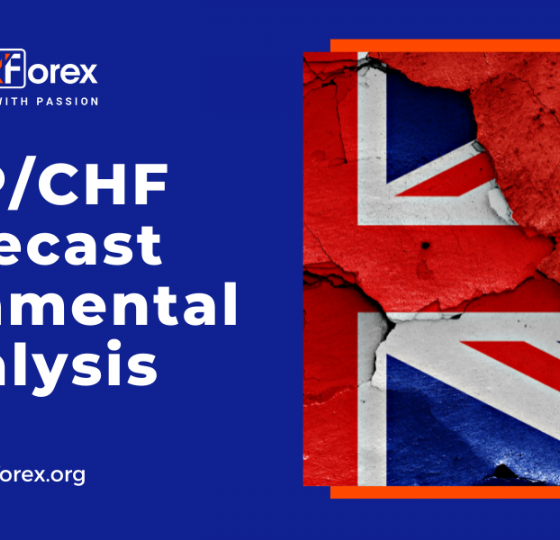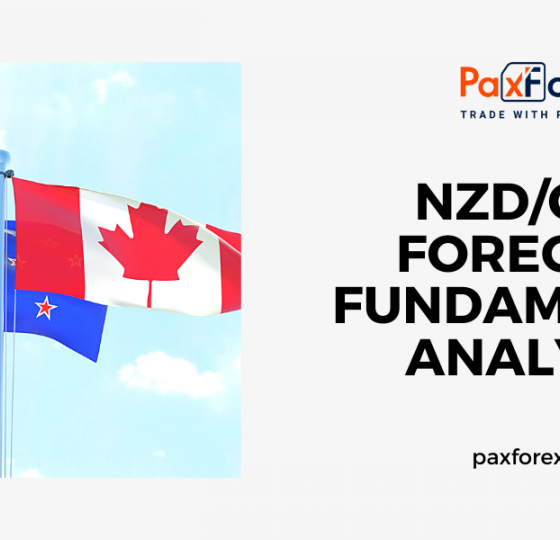Daniel Chambers, head of trading at Sequoia Capital Fund Management, stopped trading nearly $ 200 million (£ 160 million) in pounds from his systematic foreign exchange portfolio during the year due to Brexit risks. Other major investors followed his example.
This year, the pound constantly makes “roller coaster rides,” as the Brexit negotiations remain the single largest influence factor on the currency, with the result that many large investors, as well as Bank of England Governor Mark Carney, have stated that the volatility of the British pound is similar to currencies of developing countries.
“There is too much uncertainty about the pound. Any news headline can eliminate all the reasons why you originally bought the currency based on fundamental views, ” said Chambers, who trades mainly in G10 currencies, including the dollar, euro, and Swiss franc.
His cautious view of the pound is shared by many at the Tradetech conference in Barcelona, where the world's largest foreign exchange market names gather annually to discuss the main topics in the financial field.
Sunil Patil, a senior trader in Amsterdam's APG Asset Management, which invests 505 billion euros (447.78 billion pounds) in pension funds, said that the positions on the pound, as a rule, are extremely short-term.
“We clearly see that there is very little interest in the market for long-term pound risk due to uncertainty with Brexit,” he said.
Prime Minister Boris Johnson insists that Britain should leave the European Union on October 31, regardless of whether the kingdom reaches an agreement with the EU on exit or not, but the British parliament passed a law last week prohibiting withdrawal from the EU without a deal with the bloc.
After reaching a high of 2019 near 1.34 against the US dollar in March, the pound fell to a three-year low below $ 1.20 earlier this month amid growing concern that Britain would exit the EU without a deal.
Although these concerns eased slightly last week, raising the pound to around $ 1.25 on Friday, the pound's volatility during daily price fluctuations was twice as high as for major currencies such as the dollar and the euro.
The developing uncertain situation does not contribute to reducing the skepticism of investors on the British currency.
NZDUSD: Buy. Entry point – 0, 6385. Take profit – 0, 6399. Stop Loss – 0, 6360.
USDCAD: Sell. Entry point – 1, 3235. Take profit – 1, 3218. Stop Loss – 1, 3264.
AUDUSD: Buy. Entry point – 0, 6868. Take Profit – 0, 6884. Stop Loss – 0, 6840.













